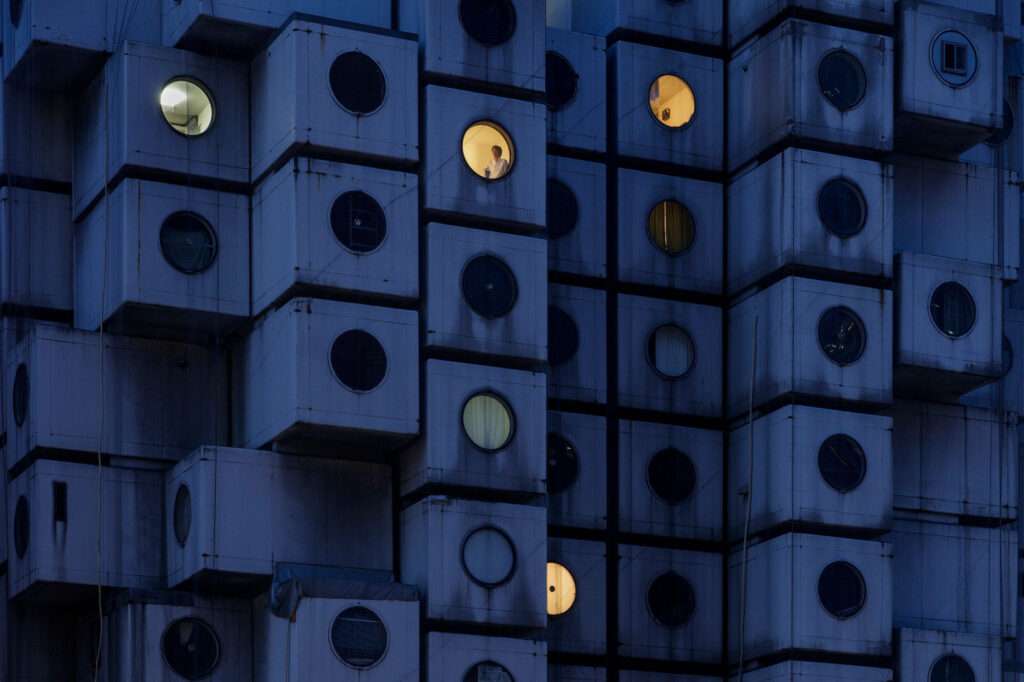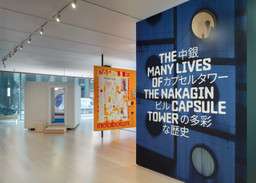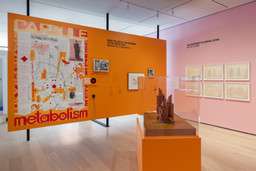The Nakagin Capsule Tower was completed in Japan in 1972 and became the defining achievement of Metabolism, the Japanese avant-garde movement whose members imagined cities and buildings that could grow, change and evolve over time.

Conceived as a prototype for nomadic urban living, the tower consisted of two concrete cores with 140 prefabricated capsules serving as support units for businesspeople on the move every day. The capsules were to be replaced every 25 or 30 years – but this vision never materialised. Over the course of five decades, residents have adapted them as second homes, offices, student bedrooms, tea rooms, galleries or DJ booths, among other uses. Once a symbol of post-war Japanese techno-futurism, the building was finally dismantled in 2022 after years of fruitless efforts to save it.

Entitled The Many Lives of the Nakagin Capsule Tower, a new exhibition at the Museum of Modern Art examines one of the most radical architectural experiments of the post-World War II era. Designed by the office of Japanese architect Kisho Kurokawa.

The exhibition traces the many lives that architecture can contain: as a manifesto; a design codified in drawings and models; a real estate product; a pop culture artefact; a centre of unplanned activity; a site of community preservation efforts; and finally, a ‘living’ archive after demolition.
By Eduardo Quive


